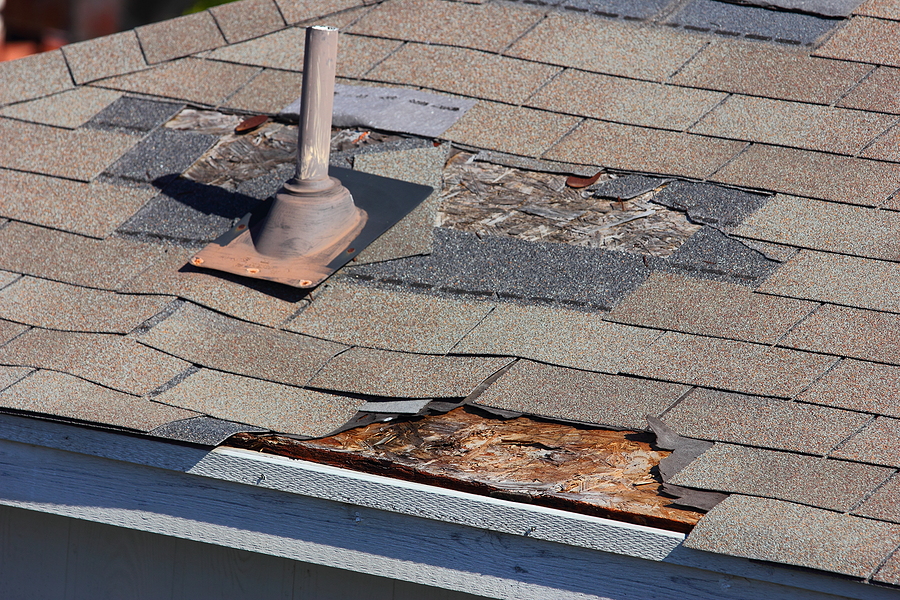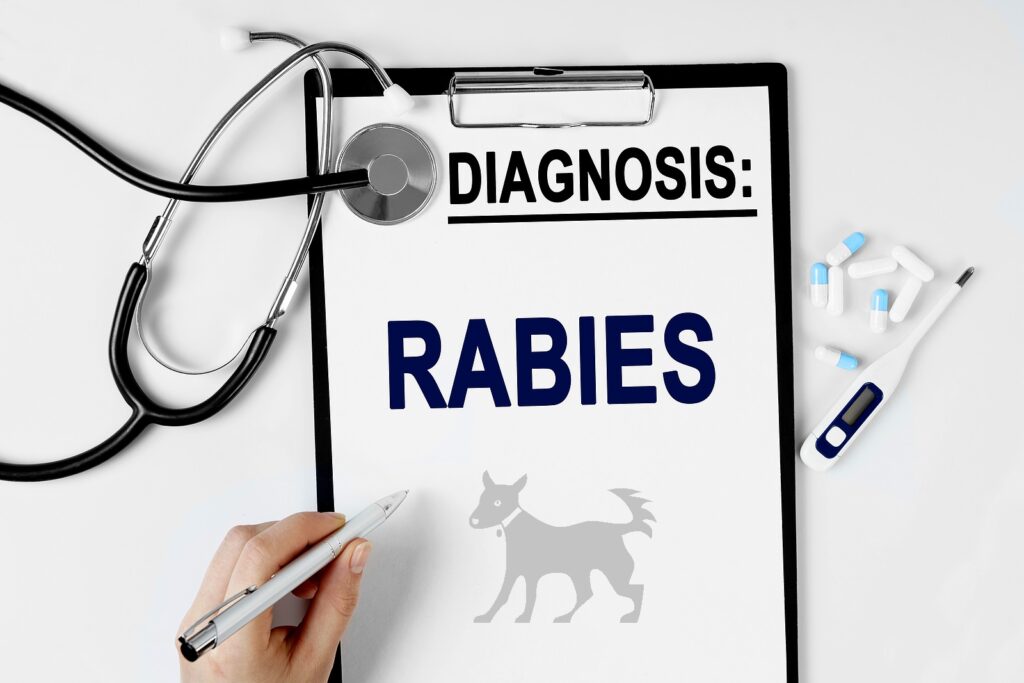Bats often get a bad rap, thanks to myths and misconceptions. However, these nocturnal creatures play a crucial role in our ecosystem. From pest control to pollination, bats offer many benefits that directly impact our daily lives. In this blog post, we’ll explore why installing bat houses on your property is a smart move for Eco-conscious homeowners and wildlife enthusiasts alike.
Bats are natural pest controllers, consuming thousands of insects every night. This includes mosquitoes, which are not only annoying but can also carry diseases. Additionally, some bat species are vital pollinators, helping to fertilize plants and promote biodiversity. Without bats, our gardens and crops would suffer.
By the end of this guide, you’ll understand the multiple benefits of bat houses, how to install them, and how to maintain them for the long-term. Let’s take a look at why you should consider adding a bat house to your property.

The Benefits of Installing Bat Houses
Natural Pest Control
One of the most compelling reasons to install a bat house is natural pest control. Bats consume vast quantities of insects, including mosquitoes, moths, and beetles. A single bat can eat up to 1,200 mosquitoes in an hour! Imagine the relief of enjoying a mosquito-free evening in your backyard.
Not only does this reduce the need for chemical insecticides, but it also promotes a healthier environment. Chemicals can harm other beneficial insects and animals, so using bats as a natural alternative is a win-win.
Supporting Local Bat Populations
Installing bat houses helps support local bat populations, many of which are declining due to habitat loss and other environmental pressures. By providing a safe place for bats to roost, you are contributing to their conservation. This is particularly important for endangered bat species that struggle to find suitable habitats.
Enhancing Biodiversity
Bats are essential for maintaining biodiversity. They help in pollinating flowers and dispersing seeds, contributing to the health of various ecosystems. When you support bats, you’re also supporting the broader environment. This can have a positive ripple effect, benefiting numerous other plant and animal species.
Choosing the Right Location for Bat House Installation
Optimal Sun Exposure
Bats prefer warm environments, so it’s crucial to place your bat house where it will receive ample sunlight. Ideally, the bat house should get at least six hours of direct sunlight each day. South or southeast-facing locations are usually the best.
Height and Safety
The height at which you install your bat house is another critical factor. Aim to mount it at least 12-20 feet above the ground. This height ensures that the bats are safe from predators and can easily access their new home. Avoid placing bat houses near bright lights, as bats prefer darker environments.
Proximity to Water
Bats need water to drink, so placing your bat house near a water source can make it more attractive to them. A pond, stream, or even a birdbath can suffice. The closer the water source, the more likely bats are to occupy your bat house.
Steps to Installing a Bat House
Before you start, gather the necessary materials:
- A pre-built bat house or DIY bat house kit
- Mounting hardware (screws, brackets)
- A ladder (if mounting high)
- A power drill
- Safety gear (gloves, safety glasses)
Instructions
- Choose Your Location: Identify the best spot based on the guidelines mentioned earlier.
- Prepare the Bat House: If you bought a DIY kit, assemble the bat house according to the instructions.
- Mounting the Bat House: Use a ladder to reach your chosen height. Securely attach the mounting brackets to the back of the bat house. Use a power drill to screw the bat house into place.
- Safety Check: Ensure everything is securely attached and that the bat house is stable. Safety first!
- Final Touches: Inspect the bat house for any sharp edges or splinters that could harm the bats. Make sure the interior is clean and inviting.
Attracting Bats to Your New Bat House
Creating an Inviting Environment
Once your bat house is installed, the next step is to make it inviting for bats. Planting night-blooming flowers like evening primrose or moonflower can attract night-flying insects, providing a food source for the bats. Maintaining a pesticide-free garden will also help create a healthier environment for the bats.
Using Bat Attractants
Bat attractants are available in the market and can help entice bats to your new house. These products mimic the scent of bat guano and can make the bat house more appealing. While not always necessary, they can speed up the process of occupancy.
Monitoring and Patience
After setting up your bat house, it’s essential to be patient. It may take several weeks or even months for bats to discover and occupy their new home. Regularly check the bat house without disturbing it to see if it’s being used.
Bat House Maintenance
Regular Inspections
To ensure the long-term success of your bat house, regular inspections are crucial. Check for signs of wear and tear, and make any necessary repairs. Also, look for evidence of occupancy, such as guano on the ground below the house.
Cleaning and Upkeep
While bats are generally clean animals, their houses can accumulate dirt and debris over time. Clean the bat house once a year, preferably in early spring before bats return from hibernation. Use a soft brush and water to remove any buildup.
Seasonal Adjustments
Depending on your climate, you may need to make seasonal adjustments to the bat house. For example, in colder regions, adding insulation like hay and cloth can help keep the bats warm during winter.
Conclusion
Installing bat houses on your property is a rewarding endeavor that offers numerous benefits. From natural pest control to supporting endangered bat species, the positive impact is significant. By following the steps outlined in this guide, you can create a welcoming environment for bats and contribute to their conservation.
Ready to make a difference? Install a bat house this season and enjoy the numerous benefits these incredible creatures bring to your backyard. Let’s work together to support bat conservation and create a healthier, more balanced ecosystem.
We hope this blog has been informative and helpful. If you encounter problems with nuisance bats, we can help with that too. Contact Smoky Wildlife Control at 615-610-0962 for TWRA licensed and insured bat removal and control in Nashville, Tennessee and beyond. We also work with many other types of wildlife.
Related Posts:
The Common Signs of Bats in the House
Freaky Fun Facts About Vampire Bats
Bats in the Belfry? More Like the Attic: A Closer Look at Bat Infestations








